Wool + The Military
The steadfast fiber that’s been beside the US military every step of the way
Each branch of the US Military has its own uniforms, ranks, heroes, songs, and certainly slang. However, since each branch’s founding day, they have all shared one thing in common: Wool.
Our earliest soldiers, sailors, airmen, and marines all relied on American wool. And the services still do. We see it in their dress uniforms, combat uniforms, and world-famous barrack wool blankets with the US Insignia.
But there was a time, not long ago, when wool fell out of favor with many people in the service. And because the US Military was one of the world’s leading purchasers of wool, this had a devastating impact on the US wool industry.
Today, wool is back. And while it has always been the primary fiber in all US Armed Forces dress uniforms, military leaders are again looking at modern wool as an under layer and for its benefits surrounding heat resistance and flame retardancy for our troops.
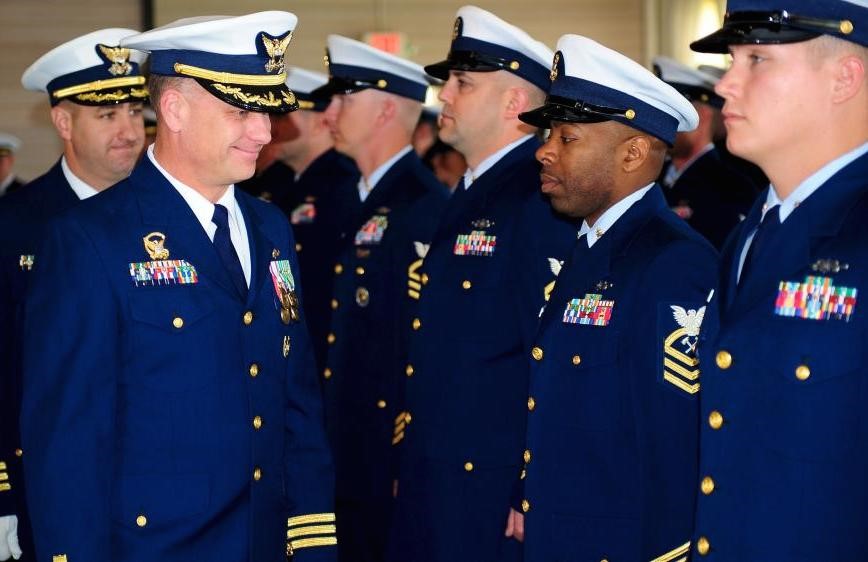
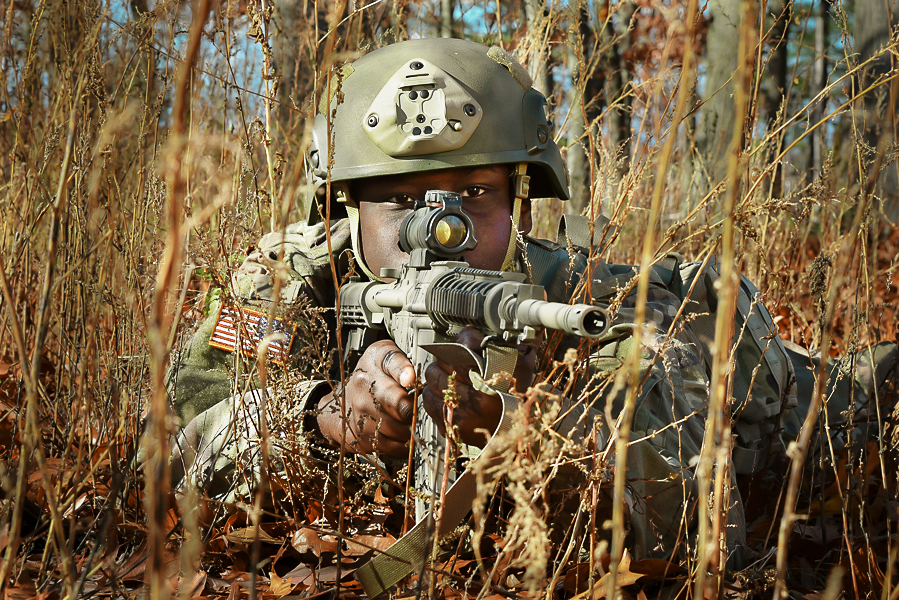
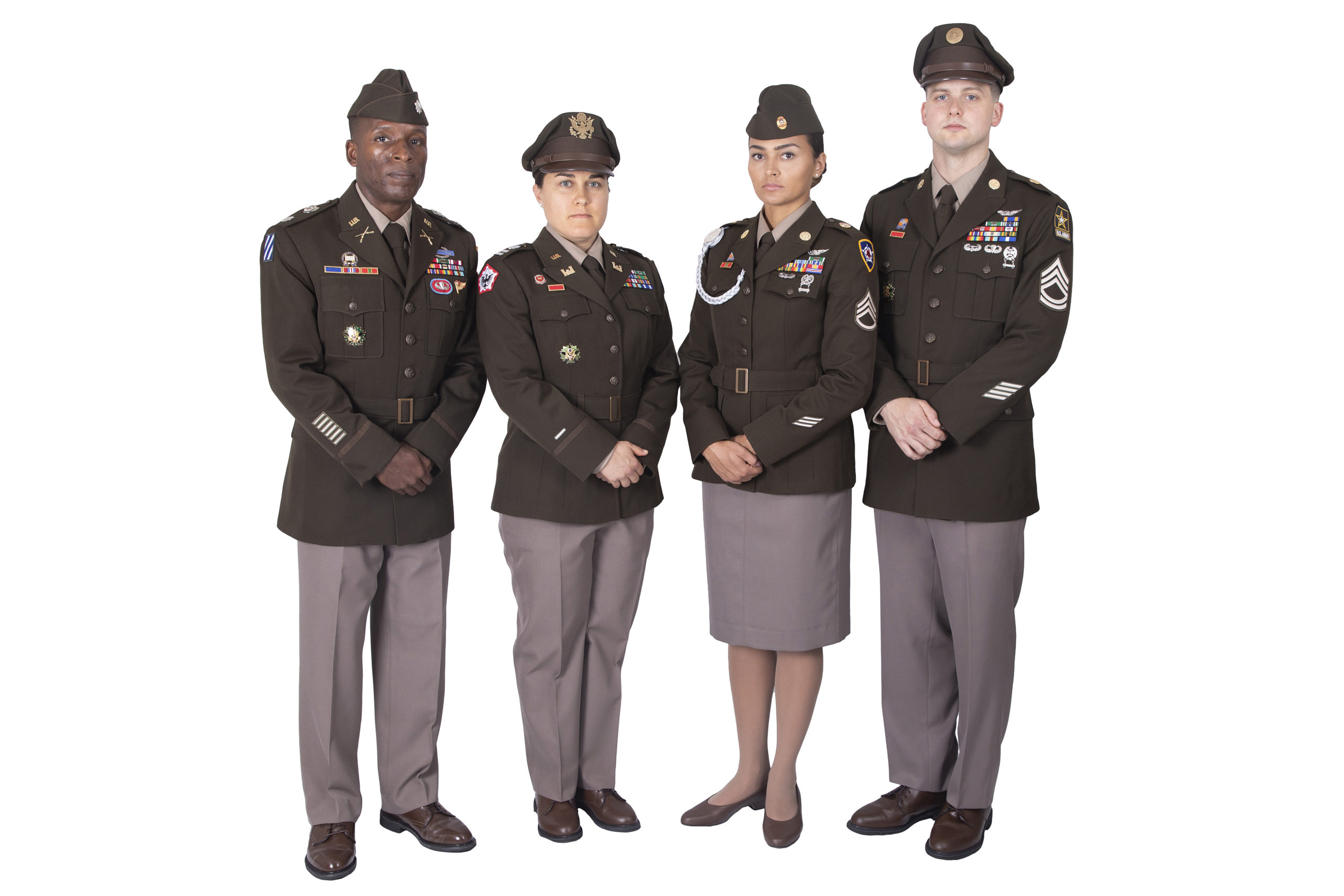
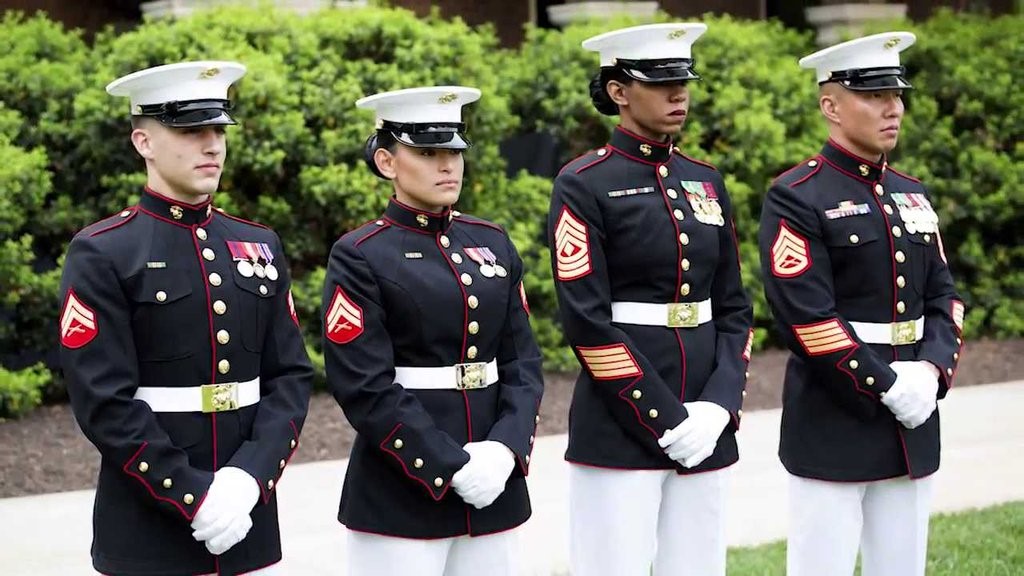
The original American uniform
For a professional or citizen-soldier in the first Continental Army, the predominant fibers of the day were cotton, flax, hemp, and wool. For cold weather protection and durability, wool fabric was the answer and still is. Wool might be the only thing that all branches have always agreed on. America has had wool in uniforms and equipment in every conflict in history. Wool was king. Nothing was likely to change that. Until…
Korea: the war that made wool infamous
Wool fell out of favor during the Korean War, explains Mitch Driggers, a textiles engineer and retired US Air Force Lt. Colonel who has spent the last 18 years as a liaison between the American Wool Council and the military.
“The cold temperature in Korea was an ideal place for wool fabric to perform. At that time wool was in such high demand that we started importing wool from overseas. I know that history because I ran the Air Force Clothing Lab at Wright Patterson. That’s where all Air Force uniforms are designed and fabrics developed. Everything from dress uniforms to cold weather gear. I led a team of textile technologists, designers, and engineers. We had a full shop that could fabricate anything in the US Air Force inventory, right down to the jackets for the president when he flew on Air Force One.”
“That wool from overseas was more coarse, and next to the skin it felt prickly and itchy. So while the wool socks and watch caps worked well, the discomfort of the lower quality, coarse, from overseas wool left such a bad impression on the Korean War generation that it almost destroyed the American wool industry.”
Chasing after shiny objects
In the 1950s America was in the space race, and new technology was all the rave. Color TV, Superglue, Bubble Wrap, TV Dinners. Plastics were the future, and chemical companies were
spinning out petroleum to look like fiber. Early nylon, rayon, and polyester didn’t feel good or breathe. But they were easy to care for, wrinkle-free, and rugged. Later synthetics fabric like Gore-Tex offered breathability and waterproofing. And polypropylene was introduced as a fiber for base layers, not just for the military but for the booming ’80s and ’90s population of
tech-focused adventure racers and outdoor adventure enthusiasts. In all the excitement wool was left with its itchy and scratchy hard-to-care for reputation.
It didn’t matter that the American Wool industry had new products with incredible benefits. Finer American-Merino wool was soft next to the skin, breathable, fire-resistant, sustainable, and it didn’t trap body odor like synthetics. But for Driggers and the small team at the American Wool Council, telling that story against the chemical-backed, high-tech, high-fashion, high-dollar synthetic brands was a David vs. Goliath proposal.
How using synthetics revealed a terrible truth
Fast forward fifty years. “As our military engaged in the deserts of Iraq and high mountain passes of Afghanistan, we began to see two ugly truths about synthetic base layers,” explains Driggers. “The first was that they stink, badly. Soldiers in the field don’t get access to hot showers and washing machines. And while soldiers are used to sweat and dirt and mud, the fact was this generation of soldiers complained bitterly that their synthetic base layer clothing took on an intolerable odor very quickly, and that the smell stayed within the synthetic garments even after washing.” Suddenly, wool’s natural odor-resistant qualities became very, very relevant.
This was the beginning of the end for polypropylene as a base layer.
According to Driggers, the second problem was far bigger than poor morale from constant body odor. The military discovered that when direct heat was applied to synthetic base layers, whether from a small space heater or exposure to any of the hundreds of sources of heating and burning that a soldier can face, the synthetic base layers would melt into or stick onto the soldiers’ skin, creating terribly painful burns, greatly complicating treatment, and slowing the process of healing. The military began a new mantra of “no-melt, no-drip” to protect its troops. Driggers explains, “Wool fabric base layers are famous for flame retardancy and protection from high heat, so once again there was a very good reason for military leaders to recognize and consider Made in the USA wool.
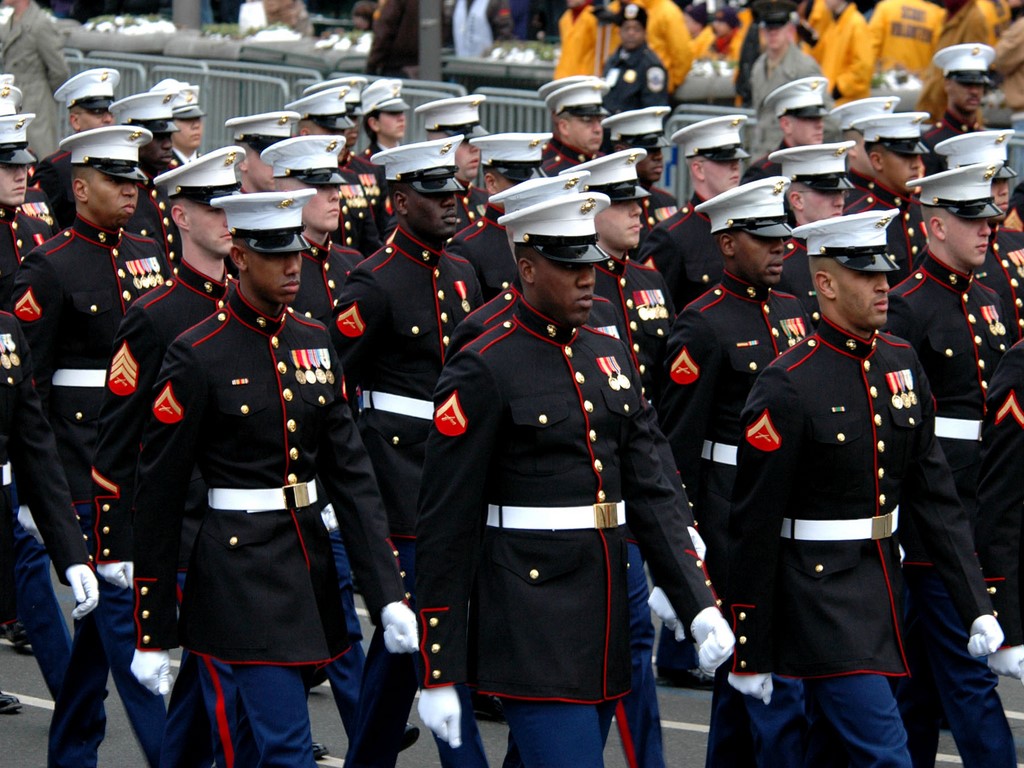
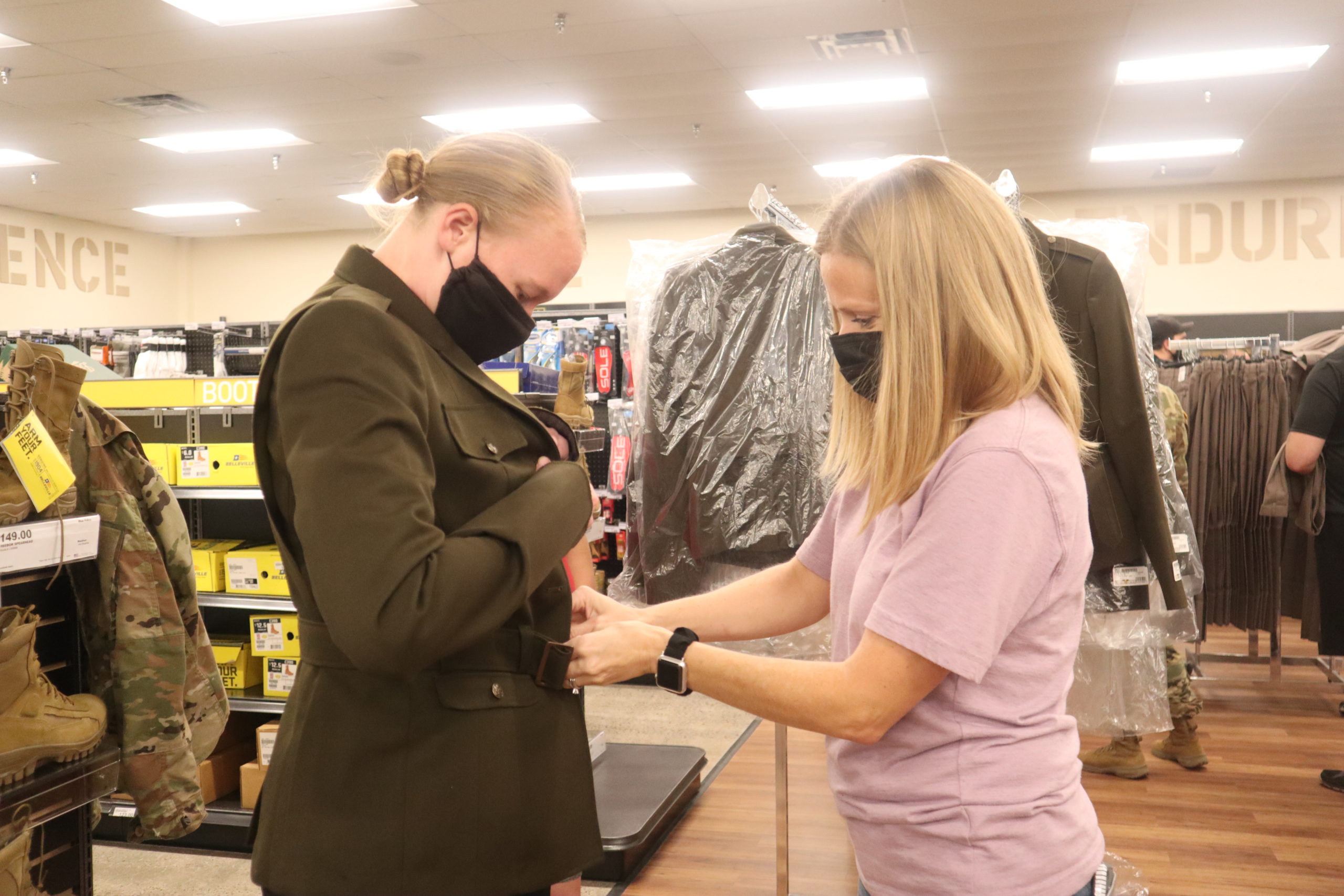
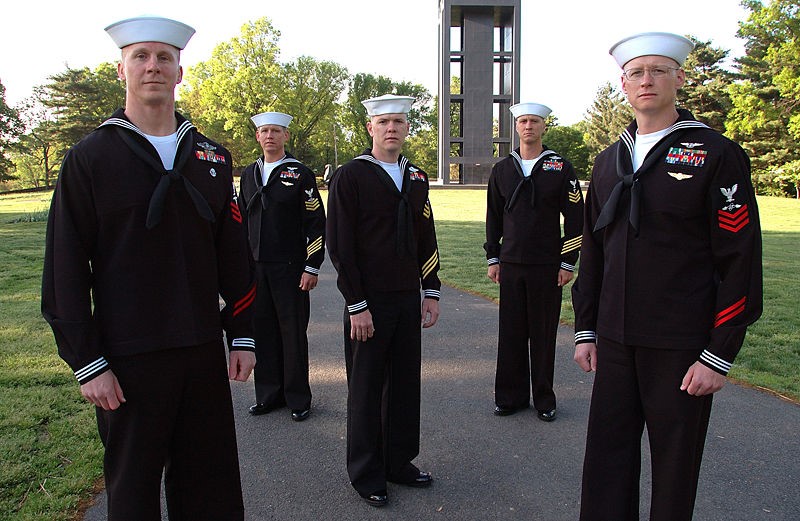
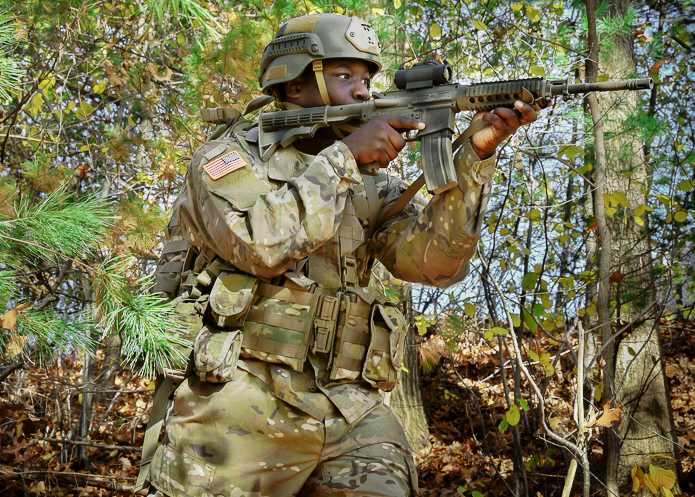
A return to what works best
Today’s American Wool fabrics are finer and softer than anything the military has ever had before. Through genetic selection, American Wool producers have been able to dramatically decrease the diameter (the micron) of wool fiber. And the smaller the micron gauge, the finer the wool fiber, the lighter the fabric. So, instead of feeling itchy or prickly, in field tests currently under way soldiers are reporting that new Merino wool base layers are comfortable, extremely breathable, and far better at dealing with sweat and stink than their synthetic alternatives.
Pair the smaller micron fiber with the latest production developments of circular and flat-knitting technologies and it’s no surprise that this ultra-soft American-Merino wool is appealing to both military and civilian audiences. “Wool clothes have made their way back into the military and back to the consumer because they’ve gotten so much better,” says Driggers.
If Mitch Driggers and the American Wool Council get their way,
the soldiers, sailors, marines, and airmen of tomorrow will all agree on the benefits wool brings to an advanced, multi-layer uniform system that provides improved comfort, mobility, performance, and protection in any environment. And while teams of textile engineers, fabricators, and designers across all branches of the military will leave no stone unturned in accomplishing this mission, one thing is clear. When our warfighters deploy across the world, a new generation of softer, safer, high-performance wool clothing will be right there with them.
Wool is the only fabric crafted to meet any purpose — click here to learn more about the versatility of performance wool.
Photo credits to PEO Soldier, Fort Sill Public Affairs, and Ft. Benning PAO
